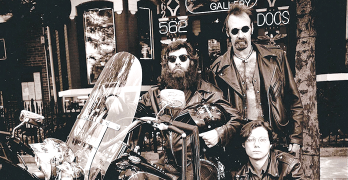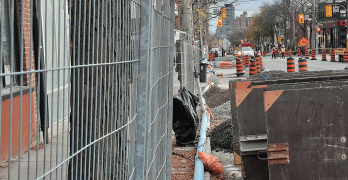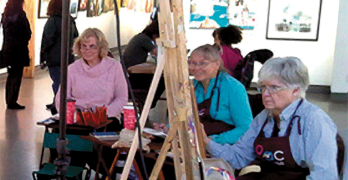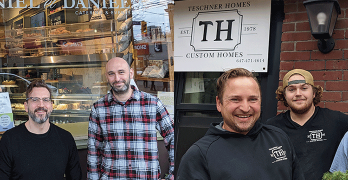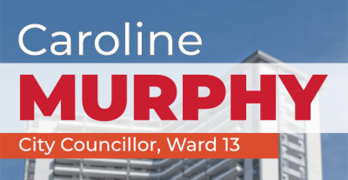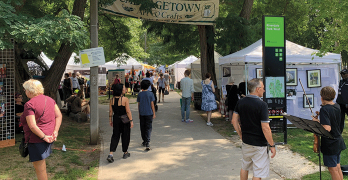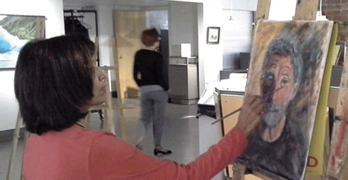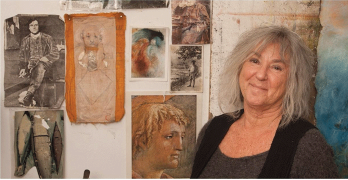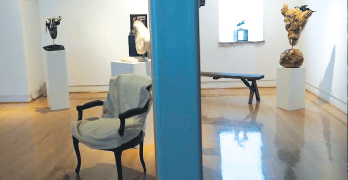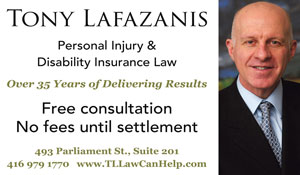Originally contributed to our original issue of the Parliament Street news by Nora Ottaway, On behalf of the Cabbagetown Regent Park Musem.
Named after legislative buildings later burned to the ground by invading American forces, Parliament Street has been the setting of excitement, growth, and change for more than 200 years. Shaped by a combination of natural features (Lake Ontario, the Don River Valley) and the built environment (Corktown, Cabbagetown, Regent Park), Parliament Street is a living reflection not only of the history of Toronto but of Canada as well.
Established in 1791, the Province of Upper Canada moved its capital to York (Toronto) in 1793. In need of a place to house his new government, the first Lieutenant Governor of Upper Canada, John Graves Simcoe, commissioned the construction of two modest Georgian buildings that were grandly dubbed the “Palaces of Government.” Ontario’s First Parliament was located on the shore of the bay just east of Berkeley and south of present-day Front Street. Completed in 1797, the red-brick structures were plagued by bad luck. They were burned by invading American forces in 1813, rebuilt in 1820, and burned again in 1824, this time by accident. The fires and the “marshy” air by the lake (which was thought to be unhealthy) influenced the relocation of the parliament buildings, although the name of the street stuck, and remains to this day.
Parliament Street evolved as a Victorian main street serving nearby neighbourhoods (such as working-class Corktown and Cabbagetown), institutions (like churches and cemeteries, and the Toronto General Hospital on Gerrard), and businesses (like breweries, manufacturers and numerous small shops). In the time of William Lyon Mackenzie, development was concentrated south of Queen Street, and then moved inexorably northward, to Winchester Street by about 1885 and Bloor Street by 1895. The Victorian character of these buildings, supplemented by solid Edwardian commercial structures, underlies today’s streetscape.
For several decades, the area between Gerrard and Wellesley Streets offered all the attractions of downtown in a picturesque residential area. The Eclipse Theatre, the Winchester Hotel, and clothier Harry Rosen, offered fashionable entertainment, lodging, and clothing respectively to the area’s residents. Grocery, hardware and jewellry stores, restaurants and barbershops served the community, making it a vibrant and thriving part of Toronto. As the more upscale businesses moved away to the city’s downtown core, Parliament Street became a little less glamorous.
Major change came to Parliament Street in the mid-twentieth century, with the construction of Regent Park, Moss Park, and St. James Town that brought high-rise development, new businesses, and an increasingly multicultural population. Equally important was local resistance to wiping out remaining low-rise Victorian buildings to make way for more high-rises. The result has been the creation of a mixed-use, mixed-income community still focused on its modern main street.
The last 15 years have brought new life to Parliament Street. New businesses and attractions, from the Distillery District to the ambitious 69-acre revitalization of Regent Park; and sensitive bookending restorations such as the Toronto Police, 51 Division (formerly West Gas Purifying House, 1899) and the Winchester Hotel (formerly Lakeview Hotel, 1888), have given the community a sense that Parliament Street is returning to its historical roots as an area unique for its intersecting residential, commercial, and cultural significance. It’s a street well worth visiting by residents and tourists alike.


